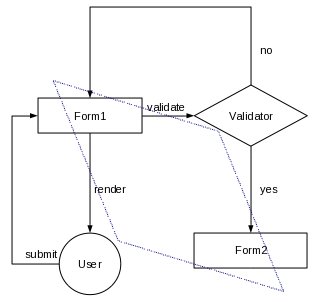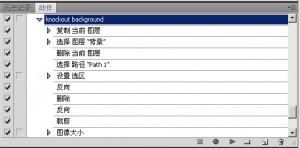1. Configurable product. It is a built-in feature of Magento, and very easy to implement. No coding skills required. However, every sub product of the configurable must pre-exist as a simple product in Magento products. It is literally impossible to use it as made-to-order functionality, which aims at taking lots of parameters from customer’s input, calculating prices under millions scenarios.
2. Product custom options. Again it is a built-in feature of Magento, and easy to implement. But it is labour intensive to set it up if you have thousands of products of same set of custom options. Alternatively, you can buy an extension called Custom Options Template for less than $100. But I do not like data redundancy. Also, custom options on its own can not build the prices on the fly.
3. Made-to-order extension (MTO) developed by metrofindings.com. It does not require coding, either. I must admit it is a promising extension to some business. However, I think the majority of business pricing models are much more complicated than this MTO module can dealt with. It is not possible to describe pricing just based on xml or cvs, as far as my business is concerned.
4. My favourite approach version 1.0. It is inspired by MTO module with two major differences.
a) All raw data are stored in database rather than external files so a backend administrator can manage data changes without uploading xml or cvs files. I think it is a bad idea to mix daily maintenance with programming.
b) All business logics (cost / profit calculation, supplier screening, etc) fully rely on programming. Because I am a programmer so it is easier for me to control the program to follow my business logics. But if you are not, you’d better find a programmer to do it rather than fiddling with xml. Your business logics are usually more complex than an xml can solve.
5. My favourite approach version 2.0. When I developed version 1.0, I did not think carefully about how to store custom options. I added fields to quote_item and order_item, and created a session to store what customer’s inputs before they were written to database. Because it was not Magento native way to store options, when it came to reorder, I had to take extra care of those options. So, in version 2.0, I am going to (I have not implemented it) create ONE simple product that will be used for customisation across ALL made-to-order products. This product will be assigned a full range of custom options. If some custom options do not apply to certain made-to-order products, just leave them blank. And most importantly, this product will have a custom option to store sku telling us from which product the customisation is based on. I assume this approach does not break Magento reorder process. I only need to change some view templates to show this special product’s sku, image, description properly.

